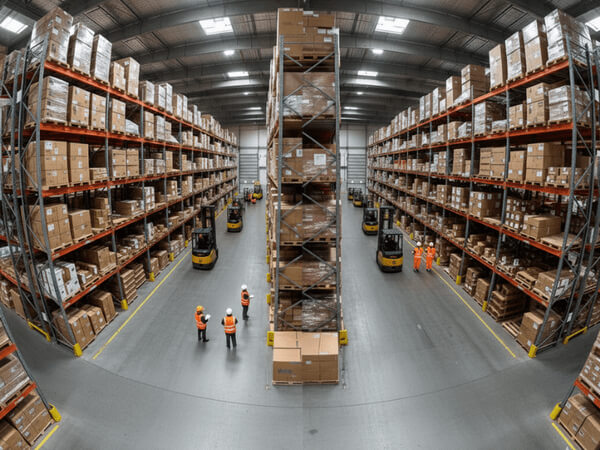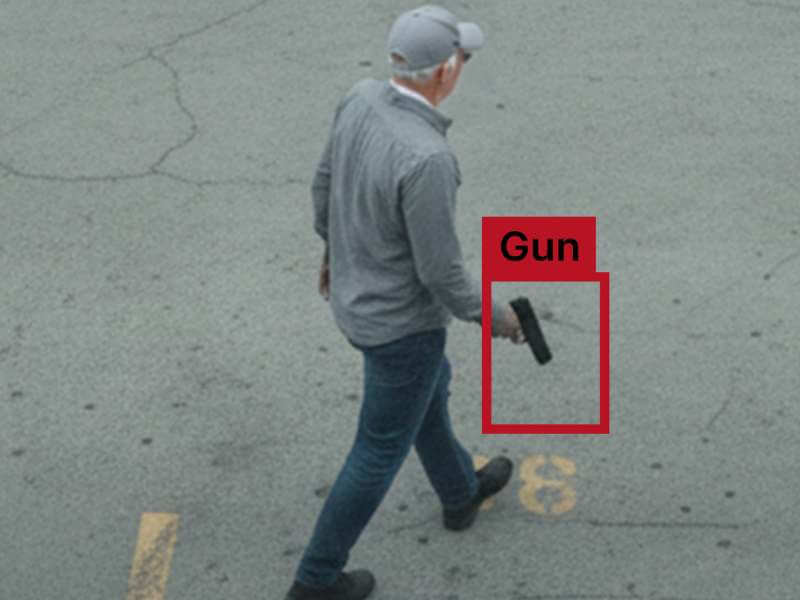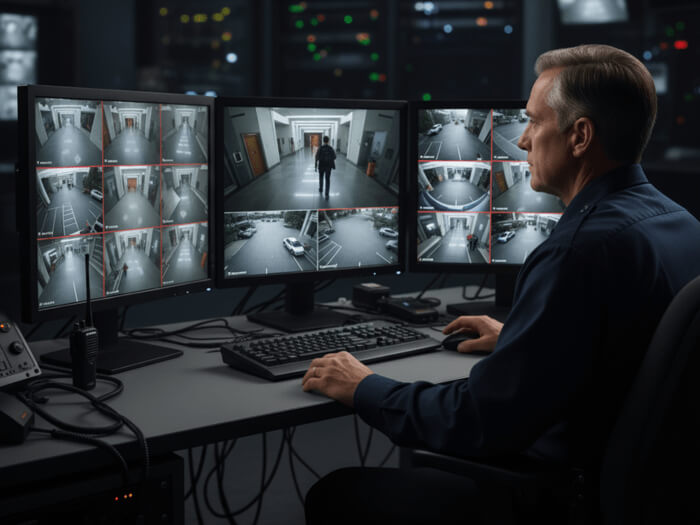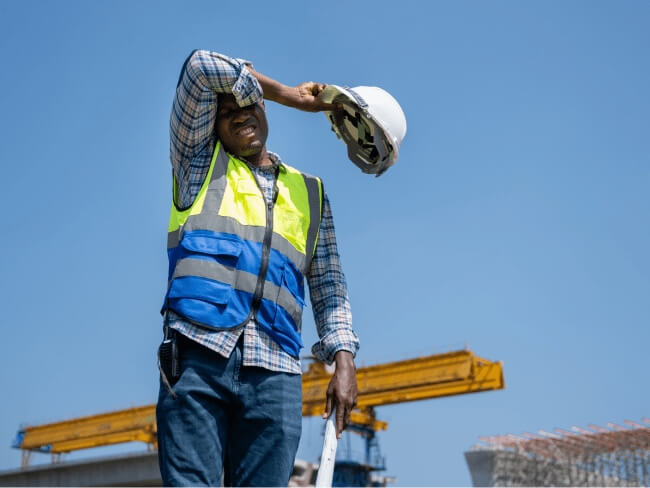
Around the world, 2025 has seen significant weather-related harm, with summer heatwaves breaking numerous national and regional records, contributing to power outages, work slowdowns, and widespread personal stress. Workplace injuries and illness due to heat have naturally drawn attention as a form of preventable harm and a problem for businesses to address.
In the U.S., California, Colorado, Minnesota, Oregon, Washington, and Nevada have already enacted workplace heat-exposure rules, while Maryland and other states are currently working to enact similar laws. Specific measures include mandatory breaks, work suspension during the hottest times, standards for access to water, cooling stations, training, and more. Several states require certain businesses to assess their work site to better understand the heat conditions that workers typically experience.
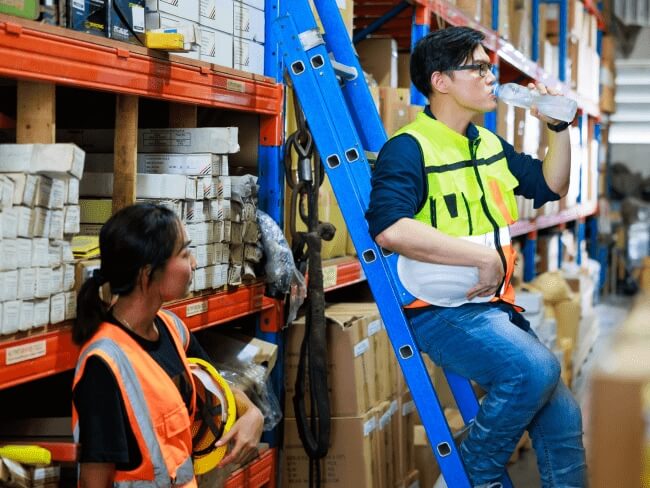
While there is as yet no EU-wide directive establishing workplace heat rules across the union, several countries, from Spain to Slovenia to Hungary, have established their own regulations. But it seems clear that the world is moving towards regulation to ensure workers are protected from overheating, and the burden will fall on the employers.
The heat is on for formal protections
Many other U.S. states don’t currently have such rules in place. But for businesses in the U.S., more rules are almost certainly coming at the Federal level. OSHA’s proposed Heat Injury and Illness Prevention in Outdoor and Indoor Work Settings rule was published in the Federal Register in August 2024, and the agency concluded a public hearing for comments earlier this month.
But from both a humane and practical viewpoint, business managers would be wise to act voluntarily as they would be required to in a more regulated state. That not only protects workers but also keeps them prepared for the advent of similar rules in their own states, and in the case of multistate operations, helps to harmonize business processes.
OSHA’s final rule is expected later in 2025 or early 2026, which is likely to require that many businesses:
- Designate a heat safety coordinator.
- Monitor actual workplace conditions, and provide hydration, shade, and cooling areas, as well as mandated rest breaks.
- Conduct regular heat assessment and monitor actual workplace conditions.
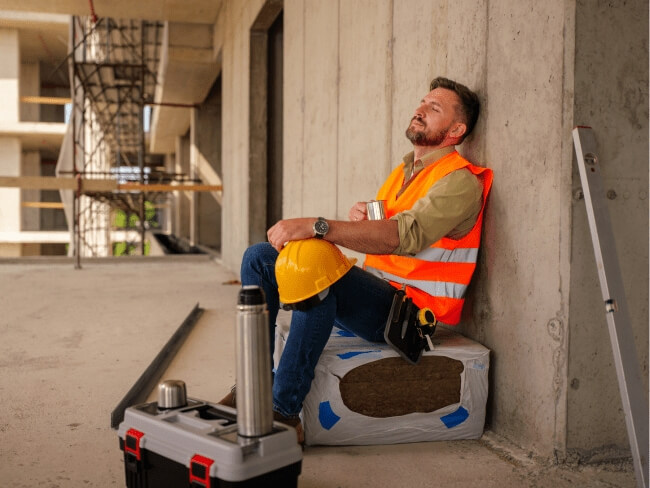
It’s not just outdoors
Outdoor areas are especially vulnerable to direct heat, especially when shade is unavailable, and when reflective surfaces add to the direct sunlight. However, indoor areas — such as production floors, warehouses, and equipment storage spaces — are often not air-conditioned in the same way as an office or retail customer area. Even buildings that are cooled can accumulate considerable heat after hours unless they are actively vented to take in cooler night air. Indoor spaces pose an additional danger, as workers in trouble from heat may not be immediately spotted unless there is active electronic or in-person surveillance to monitor their well-being.
Enlightened self-interest
Tracking extreme heat and planning to mitigate its effects does more than protect workers’ health; it also reduces the impact on productivity. When a workforce suffers from heat injuries, it slows down production, contributes to decreased attention, and distracts employees from their work.
How temperature sensors can help
There are some obvious things employers can do, like providing water, shade, and recovery time. You can also build temperature awareness into your workplace by combining record-keeping, smart temperature sensors, and actions based on outside information sources.
Get granular to track real heat issues
Broad predictions help in planning work logistics — but the area weather doesn’t cut it when you’re trying to measure the actual working conditions that workers face. Even on the same day, large temperature and comfort differences can exist among working surfaces (an unshaded reflective metallic roof vs. a well-shaded nursery). To track heat with effective detail, you need to check temperatures in the actual locations where workers are. Conventional thermometers will detect temperature, but they won’t track it. For that, you either need ongoing manual efforts or electronic sensors with data that can be saved.
Other ways smart surveillance and sensors can help in the workplace
Heat is only one part of the equation, though: You can also help keep workers safe by watching for dangerous conditions, spotting and discouraging unwanted visitors, and keeping an eye on the correct use of personal protective equipment (PPE). Choosing a system that integrates these into one interface simplifies management and speeds resolution when a problem arises.
Document your steps to keep a safe workplace
Whether based on sensor data, legal requirements, or simply managers’ intuition, be sure to actually record the steps you’ve taken and the conditions that prompted them. This kind of documentation is far easier with the aid of automation: For instance, if you employ temperature sensors, and a high reading triggers a warning and automatically announces a mandatory cooling break, your electronic records should readily show that you’ve made intelligent moves to protect workers.
Where AI fits in
AI means you can actively detect excessive temperatures, rather than just recording them. When a threshold is reached, messages can be automatically dispatched to managers or to third-party monitoring services. Talk-down messages can be used to remind workers to take breaks or to inform them if work is suspended for safety reasons.
And strategically, sensors can tell you the real conditions of your worksite over time; consider shifting work times earlier in the day, or extending lunch hours and other breaks.
Summer heat isn’t going away. Start a real-world conversation about how it impacts you already, and how your business can thrive anyhow.

Timothy Lord has witnessed and written about IT security trends and the ongoing evolution of SaaS for more than 25 years.
Other posts that might interest you

Video Surveillance 101: Field of view, distortion, and dewarping
When you select a camera for video surveillance, an important aspect that you're actually choosing is the camera's lens. Just like typical cameras you use to take snapshots, surveillance cameras…
November 11, 2025
Are there guns in the picture? How video surveillance helps
There have been many cases in which armed criminals have wounded or killed others, sometimes with no known motive, or as a result of personal grievances. Sadly, recent years have…
October 15, 2025
Surveillance 101: Remote video monitoring explained
You've probably seen movies where government agencies, shadowy masterminds, or company security teams have instant access to surveillance cameras from around the world and can zoom in on any subject…
September 30, 2025

